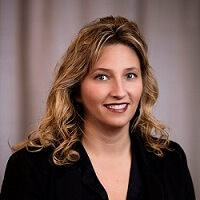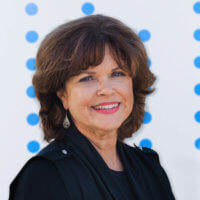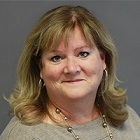 All eyes will be on the large SEC registrants in January as they become the first financial institutions to adopt the current expected credit loss model, or CECL. Regulators, investors, and other stakeholders will be watching and listening for updates on the impacts of the accounting change.
All eyes will be on the large SEC registrants in January as they become the first financial institutions to adopt the current expected credit loss model, or CECL. Regulators, investors, and other stakeholders will be watching and listening for updates on the impacts of the accounting change.
Even now, however, banks and credit unions with 2023 deadlines are seeking information about what the earliest adopters have learned so far in their implementation efforts.
During a recent webinar hosted by the American Bankers Association, an executive with an SEC filer under a 2020 CECL implementation deadline provided first-hand advice on the challenges and progress related to CECL adoption. During the webinar, Felicity Ours, CPA, CRC, of Summit Financial Group (NASDAQ: SMMF), a $2.2 billion financial holding company headquartered in Moorefield, West Virginia, advised banks and credit unions with 2023 deadlines to:
- Start preparing early
- Tackle the data gap analysis before selecting methodology/methodologies
- Resist overcomplicating loan segmentation
- Remain flexible throughout the process (with forecasts, methodology)
Among attendees of “What SEC Filers Have Learned about CECL Implementation,” 62% said in a poll that their institution must comply with CECL in Q1 2023, 35% are set to comply in Q1 2020, and 3% of attendees said they were unsure of their CECL deadline.


